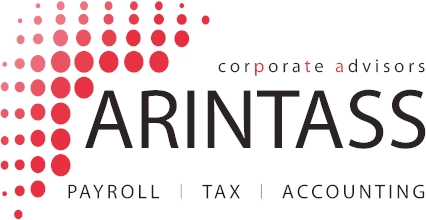Article 18 of Law 27/2014, on Corporate Income Tax, establishes in its paragraph 4, and in accordance with the recommendations of the OECD (Organization for Economic Cooperation and Development), that for the determination of the arm’s length principle, any of the following methods shall be applied:
Transaction-based methods
Comparable uncontrolled price method
Through this method, the price of the good or service in a transaction between related persons or entities is compared with the price of an identical good or service or one with similar characteristics in a transaction between independent persons or entities in comparable circumstances.
Cost plus method
This method adds to the acquisition value or production cost of a good a mark-up, in identical or similar transactions with independent entities or, failing that, the mark-up that independent entities apply to comparable transactions, making, if necessary, corrections to obtain the equivalence and consider the particularities of the transaction.
Resale price method
This method subtracts the selling price of a good or service applied by the reseller itself in identical or similar transactions with independent entities or, failing that, the margin that independent entities apply to comparable transactions, making, if necessary, corrections to obtain equivalence and consider the particularities of the transaction.
Results-based methods
Profit split method
This method assigns to each related entity that jointly carries out one or more transactions the part of the common profit or loss derived from such transaction, based on a criterion that adequately reflects the conditions that would have been subscribed by independent entities in similar circumstances.
Transactional net margin method
This method is based on the net result generated in the set of transactions carried out with a related entity, calculated on a reference magnitude that is more appropriate based on the characteristics of identical or similar transactions carried out between independent parties, making, if necessary, corrections to obtain the equivalence and consider the particularities of the transaction.
In order to select the most appropriate transfer pricing method for each circumstance, the following should be taken into account:
- The advantages and disadvantages of the methods accepted by the OECD,
- The appropriateness of the method considered in view of the nature of the related party transaction,
- The availability of reliable information needed (in particular, on non-related comparables) to apply the selected method or others, and
- The degree of comparability between the related and unrelated transactions (including the reliability of comparability adjustments necessary to eliminate material differences between them).
No single method is appropriate for all situations. Depending on the type of transaction to be examined, we will use one or the other, although the OECD recommends the first three, transaction-based methods.
Víctor Sáez
